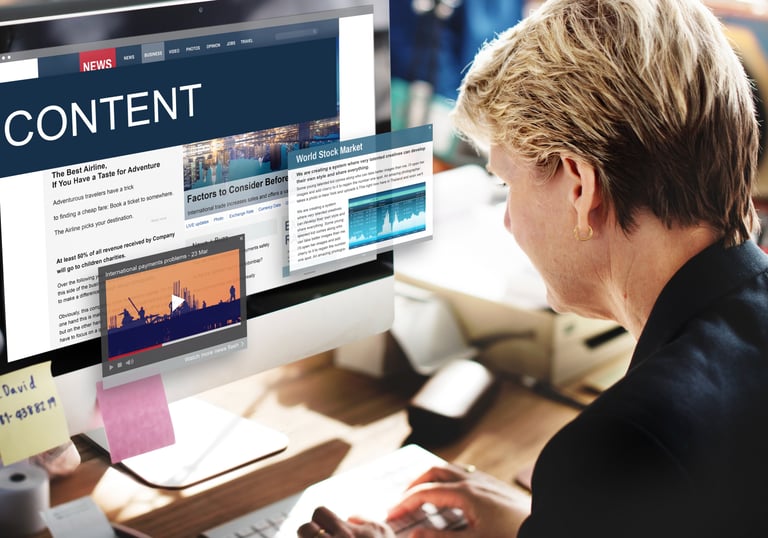What to Do With Transcripts After a Webinar or Event
Learn how to optimize, repurpose, and distribute webinar/event transcripts for SEO, content creation, accessibility, and engagement. Flexible strategies for researchers and solution providers.
8/1/20253 min read


Producing a webinar or event is just the beginning—the transcript of that session is a powerful asset with lasting value. From improving SEO and accessibility to diversifying your content library, transcripts unlock a range of strategic opportunities. Below are clear, actionable ways to leverage your transcript beyond simply archiving it.
1. Create SEO-Optimized Blog Posts or Articles
Rather than publishing the raw transcript, craft a polished article or blog post using the key points and quotes.
Structure it with headings, keywords, and summaries for readability and discoverability online.
Identify main themes and extract quote-worthy lines.
Organize content into coherent sections with subheadings.
Publish as an article optimized for keywords related to your webinar topic.
2. Generate Short-Form Content for Social Media
Use compelling snippets from the transcript to create bite-sized promotional content.
Format as quote cards, carousel posts, or micro-videos that conveniently drive traffic back to your full content.
Pull 5–7 powerful quotes, stats, or takeaways.
Design branded visuals or short clips for platforms like LinkedIn or Instagram.
Include a link to the full article or webinar replay.
3. Build a Downloadable Resource or e‑Guide
Turn the transcript into a professional takeaway resource your audience can download.
Enhance the raw text with visuals, typographic hierarchy, and summary insights to boost perceived value.
Design a PDF using key transcript highlights and summaries.
Include branding, formatting, and a call to action.
Offer it as a lead magnet in exchange for email sign‑ups.
4. Improve Accessibility and Translations
Provide transcripts directly on your website to ensure inclusivity for non-native speakers and hearing-disabled users.
Transcripts can also be translated into multiple languages to expand your reach and engagement internationally.
Embed transcript text alongside the video player on your site.
Translate key sections for multilingual audiences or region-specific marketing.
5. Feed Content Into Your Email Newsletter Series
Split the transcript into a sequence of mini emails that guide subscribers through key concepts or stories.
This drip approach keeps your audience engaged over time without overwhelming them.
Break the transcript into 3–5 themed emails.
Use each email to deliver insight, include a CTA, and drive traffic.
End the series with a replay link, download, or next-step offer.
6. Provide a Resource for Future Research or Collaboration
A clean transcript helps your team or collaborators reference participants accurately and capture research data efficiently.
Store transcripts in a searchable repository for training, qualitative analysis, or longitudinal studies.
Tag transcripts with metadata (e.g., date, participants, topic).
Store them in Google Drive, Notion or your CRM for easy access.
Use transcripts for content planning and strategic brainstorming.
✅ Why This Maximizes Value
Increases your SEO reach and drives organic traffic.
Enhances engagement through diverse content formats.
Improves accessibility and audience inclusivity.
Streamlines future research and data access.
Conclusion
Transcripts are more than records—they’re rich content assets waiting to be activated. Repurposing them across blog posts, social media, downloads, newsletters, and internal systems amplifies your impact and boosts ROI.
If you're seeking help turning transcripts into a content engine or research tool, Saravapro can help with optimized workflows, formatting templates, and automated pipelines.
#contentstrategy #webinars #repurposingcontent #digitalmarketing #transcriptiontips #eventmarketing #leadgeneration #contentrepurposing #emailmarketing #thoughtleadership




SARAVA PRO
Expert virtual assistance for your business needs.
Contact us
Focus
+91 9952642607


